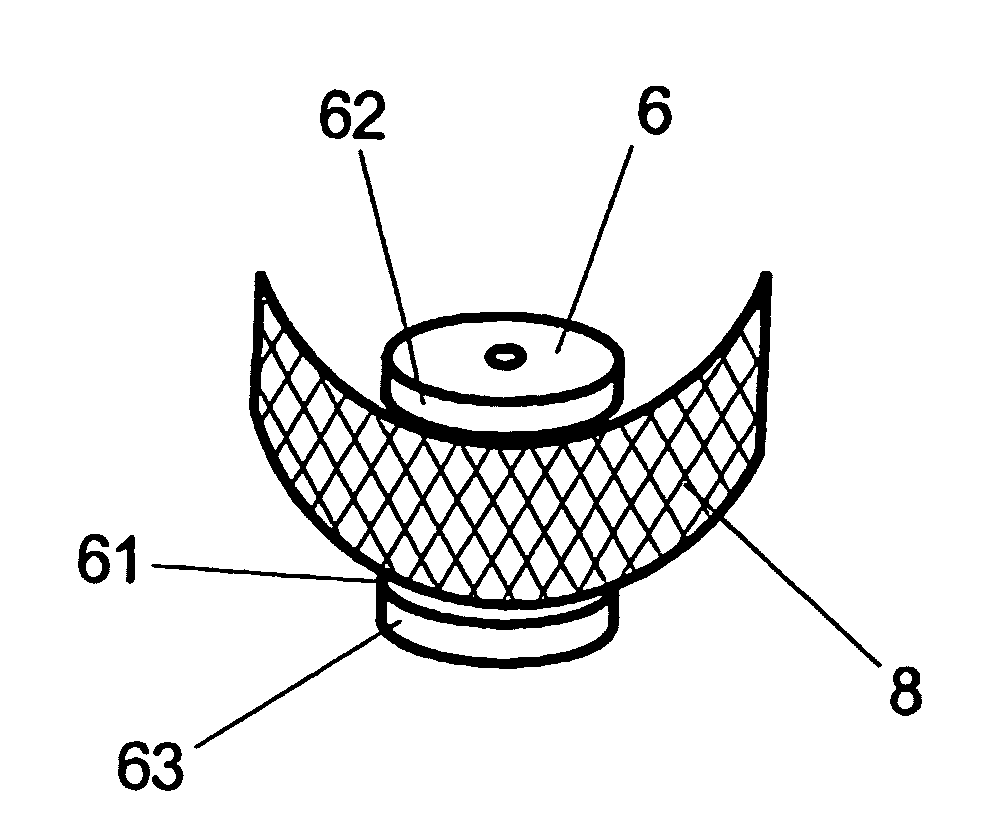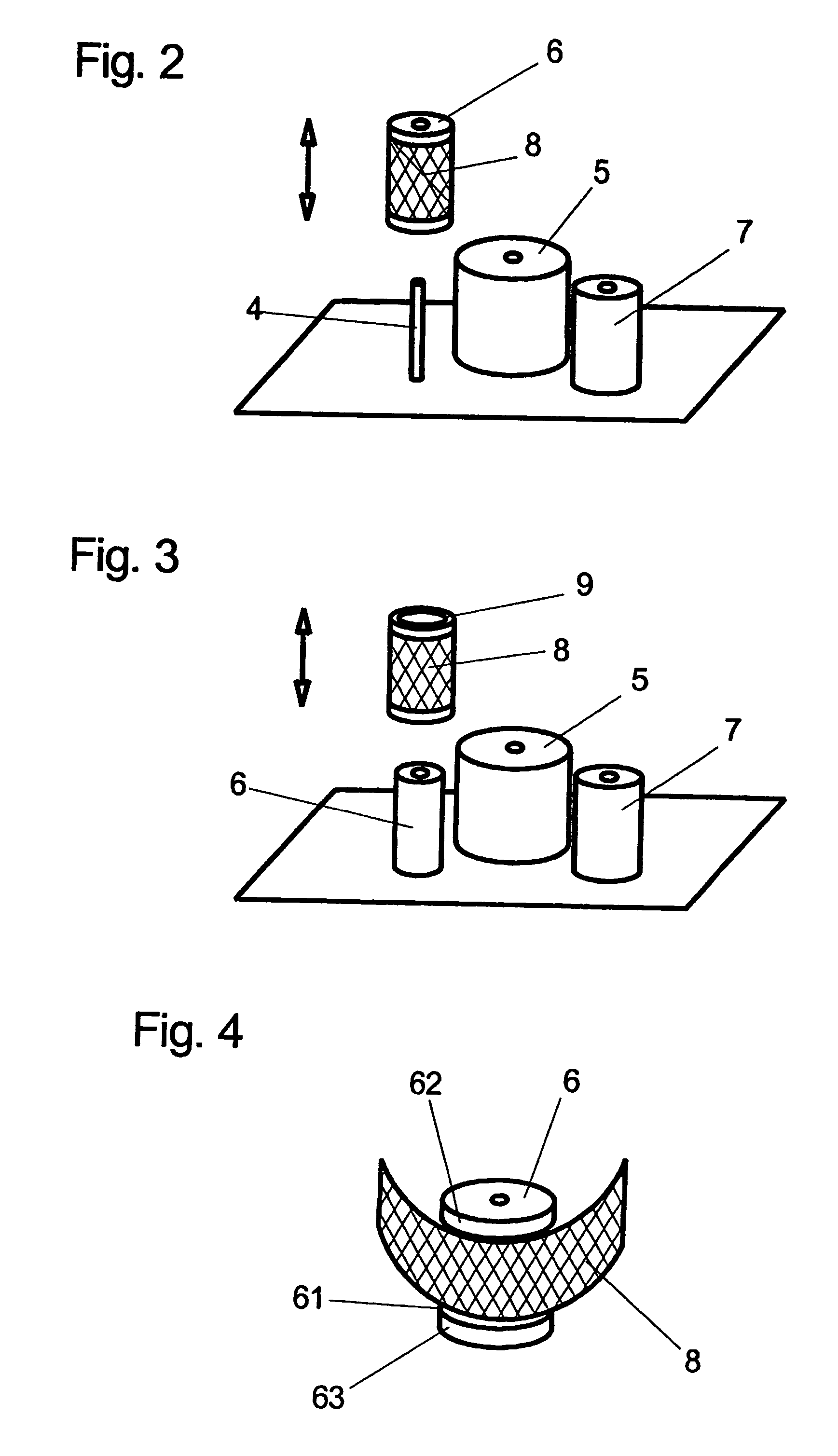Motion picture camera having a film magazine and means for cleaning the film
a technology of motion picture cameras and film magazines, which is applied in the field of motion picture cameras having film magazines, can solve the problems of film surface damage, film processing and projection of motion picture films, and cannot be removed, and is extremely disruptiv
- Summary
- Abstract
- Description
- Claims
- Application Information
AI Technical Summary
Benefits of technology
Problems solved by technology
Method used
Image
Examples
Embodiment Construction
[0028]FIG. 1 shows a section through a motion picture camera 1 with coupled film magazine 2, in which a still unexposed motion picture film 3 is wound up on a film supply reel 31 disposed in the film magazine 2. The motion picture film 3 is led over a film transport path through the motion picture camera 1, is exposed there and then wound up onto a film roller 32 accommodating the exposed motion picture film 3.
[0029]The motion picture camera 1 has a camera housing 10, on the front side of which an objective fixing to hold and fix a camera objective and which is provided with a bulge in the form of a cylindrical disk in order to hold a rotating mirror shutter 12, which deflects the recording beam path passing through the camera objective alternately into a viewfinder and video beam path and lets it through to a picture window 14 for the purpose of film exposure.
[0030]The motion picture film 3 is moved intermittently past the picture window 14 by a gate mechanism 13. The still unexpos...
PUM
 Login to View More
Login to View More Abstract
Description
Claims
Application Information
 Login to View More
Login to View More - R&D
- Intellectual Property
- Life Sciences
- Materials
- Tech Scout
- Unparalleled Data Quality
- Higher Quality Content
- 60% Fewer Hallucinations
Browse by: Latest US Patents, China's latest patents, Technical Efficacy Thesaurus, Application Domain, Technology Topic, Popular Technical Reports.
© 2025 PatSnap. All rights reserved.Legal|Privacy policy|Modern Slavery Act Transparency Statement|Sitemap|About US| Contact US: help@patsnap.com



